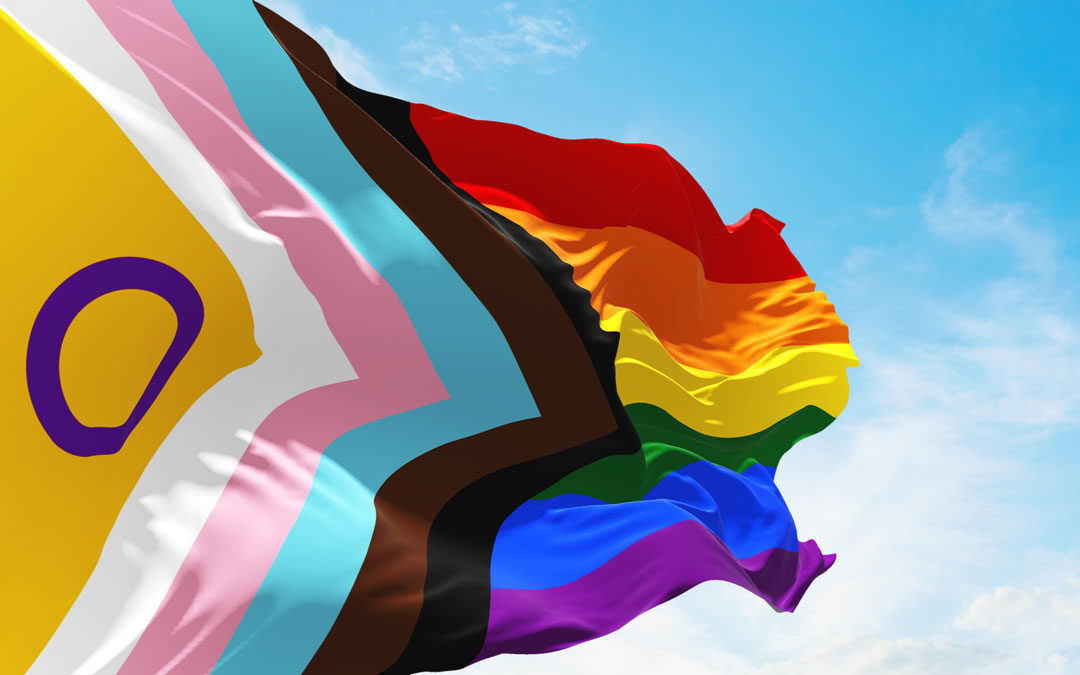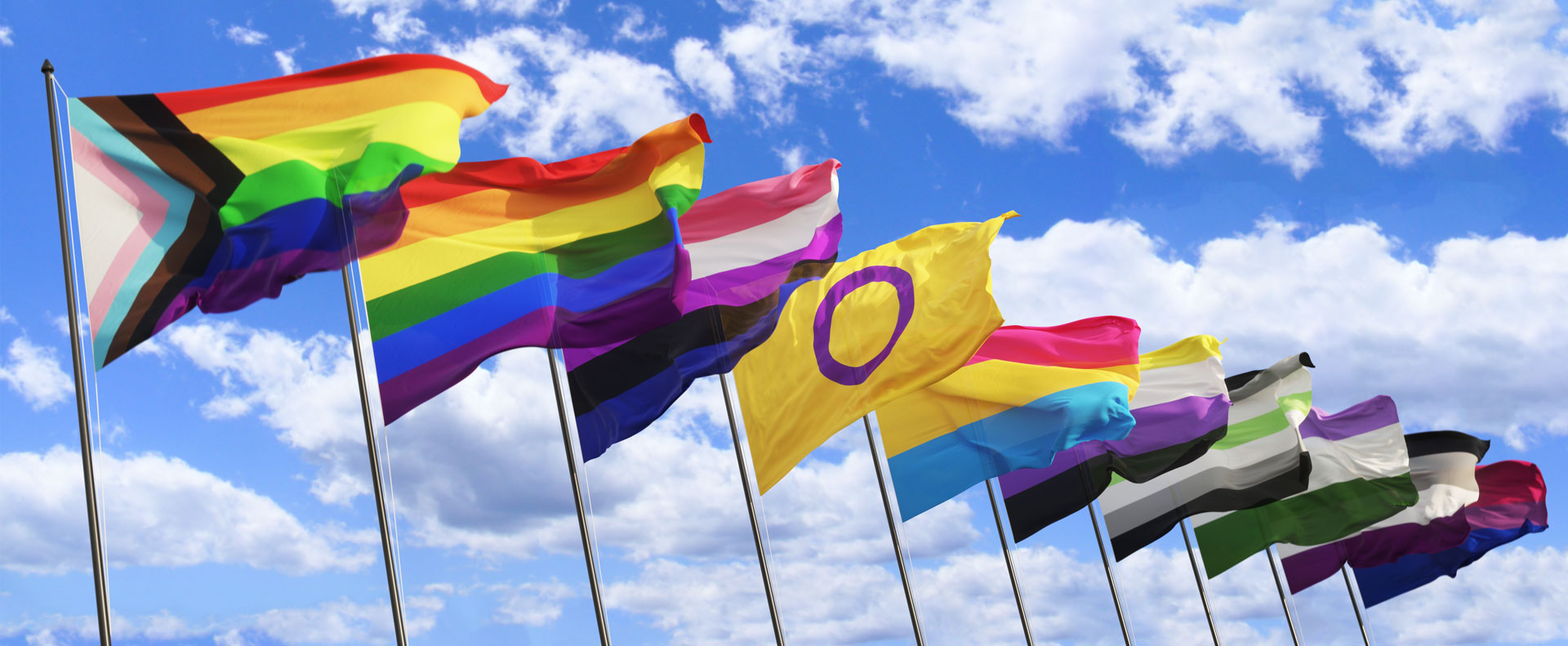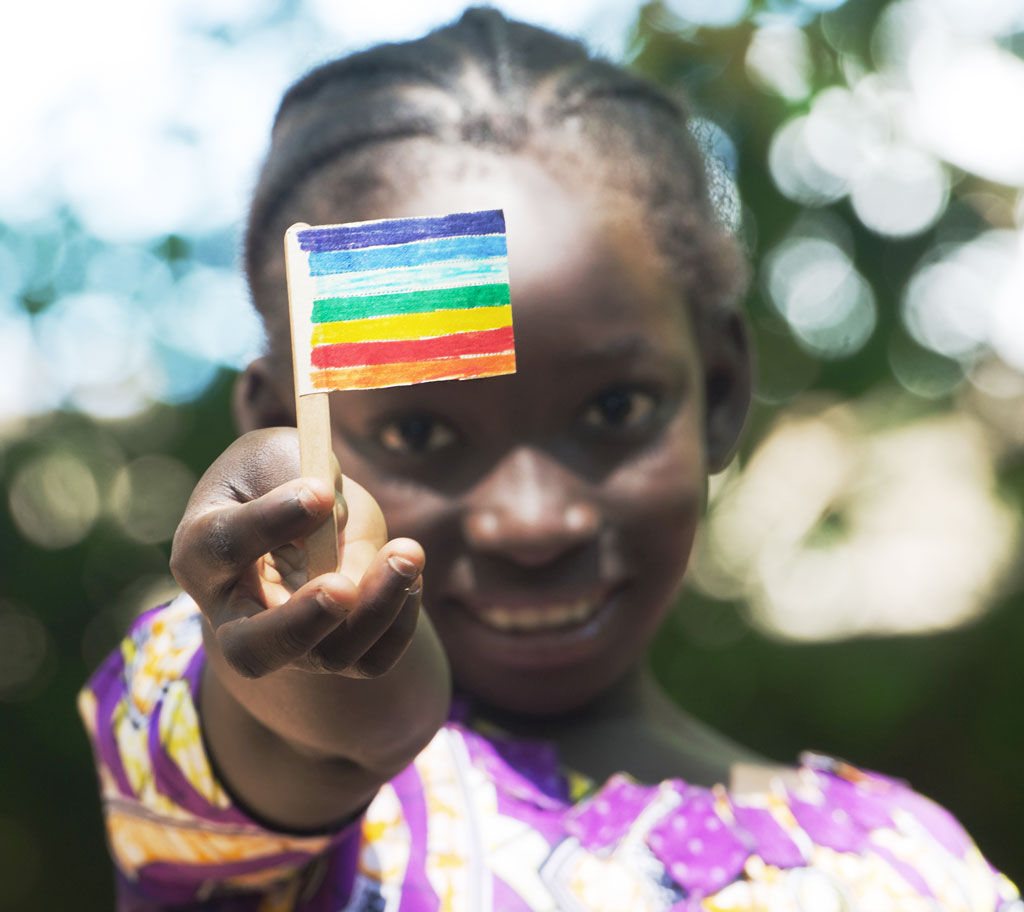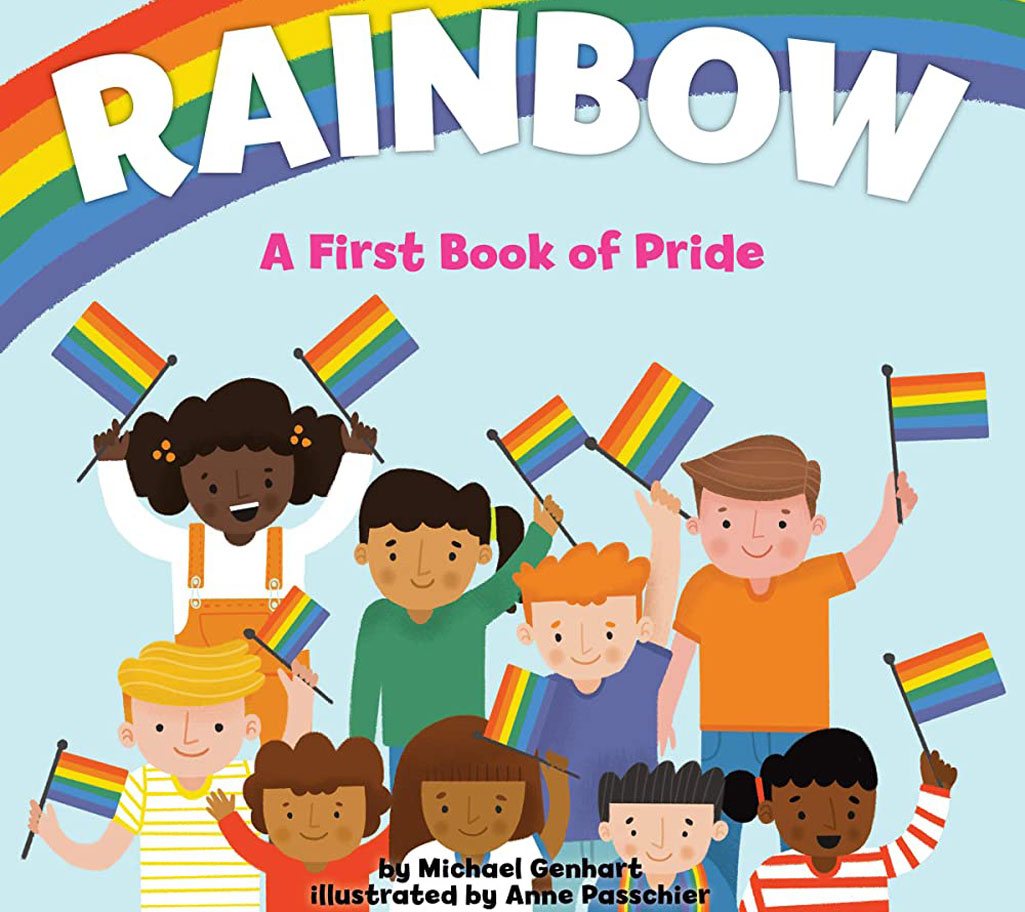Colors of Pride

The Rainbow Flag
An exuberant and ever-evolving symbol of Pride
The original Pride flag flew for the first time at the June 1978 San Francisco Gay Freedom Day Parade—and it has been flying proudly ever since as an evolving symbol of hope and pride for LGBTQ+ individuals the world over.
How did the Pride flag come to be? In 1978, San Francisco City Supervisor and gay activist Harvey Milk asked artist Gilbert Baker to design a new symbol of pride for the LGBTQ+ community. Baker designed the symbol as a flag because flags are powerful symbols of unity and belonging. Some people refer to the Pride flag as the Rainbow flag.

Why does the Pride flag keep changing?
While symbols are important, they do change to reflect a changing world. The Pride flag has evolved over the years to recognize more of the LGBTQ+ community.
Many groups have created their own pride flags to represent their unique identities, so there are many different flags now. Memorizing every version of the Pride flag is not the point.
What’s really important is learning about and respecting what flags mean to the people they represent. As an educator, your role is to communicate the idea that flags are important symbols that help people feel included and seen. Displaying a flag in your classroom can also signal your support.
Learn more about the many different types of pride flags




